Pitsco (no, I hadn't heard of them either) makes incredibly cool stuff. We got to review their Medieval Machines Pack. I mean, really... anything with a name like that is going to score points in my testosterone-filled house, you know? It is intended for roughly ages 10 and up... though with most children closer to 10, you'd definitely need to plan on providing some assistance with the assembly and also with the math aspects of the Siege Machines book.
The kit includes a catapult kit, a trebuchet kit (plus weights), and a Siege Machines book. It looks something like this:
Pitsco also threw in some extra clay, as that is the only approved projectile for these kits. My boys laughed... and started plotting a way to make a bigger one that they can use to fling their sister away. But I digress.
Since Thomas had a birthday coming up, and since he wanted to work on earning his Engineer Activity Badge for Webelos, and since one of the requirements for that is to build a catapult... well... yes, this was a birthday present for my newly 11 year old son.
He was a bit underwhelmed. I mean, he thought it looked "kinda cool" but it didn't have him jumping up and down. Seriously, who can blame him? The above image doesn't do this pack justice...
Then his 14 year old brother took charge of helping him to assemble it. And once the catapult was about half complete, he had a completely different opinion. "Mom! Look!" was heard quite often. He spent a couple of days playing with the catapult -- and I confess, I knew it was complete when Lego guys started flying across my kitchen. They not only violated the safety rule about "approved projectiles" but they also violated the one about being sure "everyone is clear of the target area." Fortunately, nobody was hit. Nor did any lego dudes meet an untimely demise in a pot of soup. Basic rule in my house -- toys in the food = toys in the trash. (Tell me I'm not the only person who has to actually make insane rules like this???)
Basically, assembly required the kit and a couple things we had around the house... super glue, we used waxed paper as a surface, a toothpick... maybe a pencil or something in there. And Connor was impressed by the thoroughness of the directions. "I'm really liking the instructions. They do give you a pretty good idea as to what is coming up so that you don't put glue into a place where it will mess you up later."
After a couple of days with that, it was time to build the trebuchet. Only that called for a hobby knife, and while we think we own one, we couldn't locate it. Fortunately, they are a recently discontinued item at Airgas... so Dale brought home the last two they had at the store. Employee price on those was about a buck each. I love when life works out that way!
The trebuchet was more complicated to put together and it definitely took longer. Connor commented on the directions being a bit harder to follow. For one thing, it used pictures instead of diagrams, and he found the diagrams easier to work with. However, the big boys all thought it was fairly intuitive. Though they did say that already having a pretty good understanding of how a trebuchet works probably made a difference. They said they could see how it might be confusing if you didn't already have at least a basic grasp of the physics involved. (I was impressed they knew it was physics...)
The kids DID stick to clay with the trebuchet. So far. Experimenting with how much weight is needed to make the trebuchet work with various sized clay balls occupied a fair amount of their time. And they discovered that if they use the trebuchet to launch a clay projectile at William's birthday present (a MegaBlock King Arthur castle) it will smash the chain holding up the drawbridge, or whatever it was. The catapult, however, didn't inflict any actual damage.
To be quite honest, this set would have been well worth the $21.95 price tag just for the two kits and the weights. We have built catapults here before. They usually cost us roughly $7-10 for a kit, and they generally handle a couple hours of use before they start to fall apart. I've never seen a trebuchet kit before, though we have casually looked. Anyway...this catapult has withstood a lot of use already, and it is still solid. The trebuchet seems a bit less sturdy, but the kids figured that out too and are a bit more careful with it.
To sound like an infomercial here... but wait! There's more!
Remember I mentioned a book. Oh. My.
This book is fabulous. It's a skinny little thing, but don't let that fool you. The book starts with four pages of history... we learned about Dionysius I, Philip of Macedonia, Alexander the Great, the Romans, the Chinese, the Crusades, Medieval castle sieges, the resurgence of siege weapons in museums and classrooms, catapults used in WWII, and the Punkin Chunkin Contest.
As if that wasn't enough to make this mama's heart go pitter-patter, there are nearly a dozen activities that you can do with the catapult or trebuchet. And by "activity" I mean interesting scientific explanations, serious science experiments or real math work.
Wow. Just wow. We aren't very far with this. Yet. But let me go through a bit of it so you have a clue as to what I'm talking about.
The first activity is dealing with tension and torsion. There is a full page, with a couple of illustrations, explaining the two forces at work in a catapult. Fascinating stuff. And having built and played with the catapult, this made total sense to the three older guys (11, 13 and 14) and even the 7 year old. So this first one is essentially all information.
The second activity is an experiment... mass vs. distance. The students construct balls with different masses, and the text walks them through how to test to see how far the different mass balls go. The only thing I didn't like is that it isn't explicitly asking the students to make a prediction. So I just added that in. Of course, since my guys have been playing with this pretty much non-stop, they mostly rolled their eyes at me. Point being... this second one is very hands-on. (And a later activity does focus on predictions, so that part of science is not ignored here.)
The third activity is a math one. It has them working with converting the measurements from the experiment into metric (so inches to centimeters). Having worked with a group of junior high students in a science class last year... anything that is giving kids some real data to practice conversions is a good thing.
In addition to the activities actually mapped out in this book, there are a whole bunch of extension activities or additional variables... so you can do far more than just the listed activities.
And if that isn't enough... they also have a Trebuchets Teacher's Guide and a Catapults Teacher's Guide available. These look pretty amazing too.
In addition, they have a lot of other incredible looking projects and kits. I've been staring at the Bridge Engineering Pack (something else we could use for that Engineer badge) and the Solar Water Heater Pack.
I think these are a fabulous value.
You can read what other crew members had to say about the Medieval Machines Pack here:
Disclaimer: As part of the
TOS Homeschool Review Crew, I did receive the products mentioned for the purpose of a review. All opinions
are my own. For more about my take on reviews, visit my blog
post here.


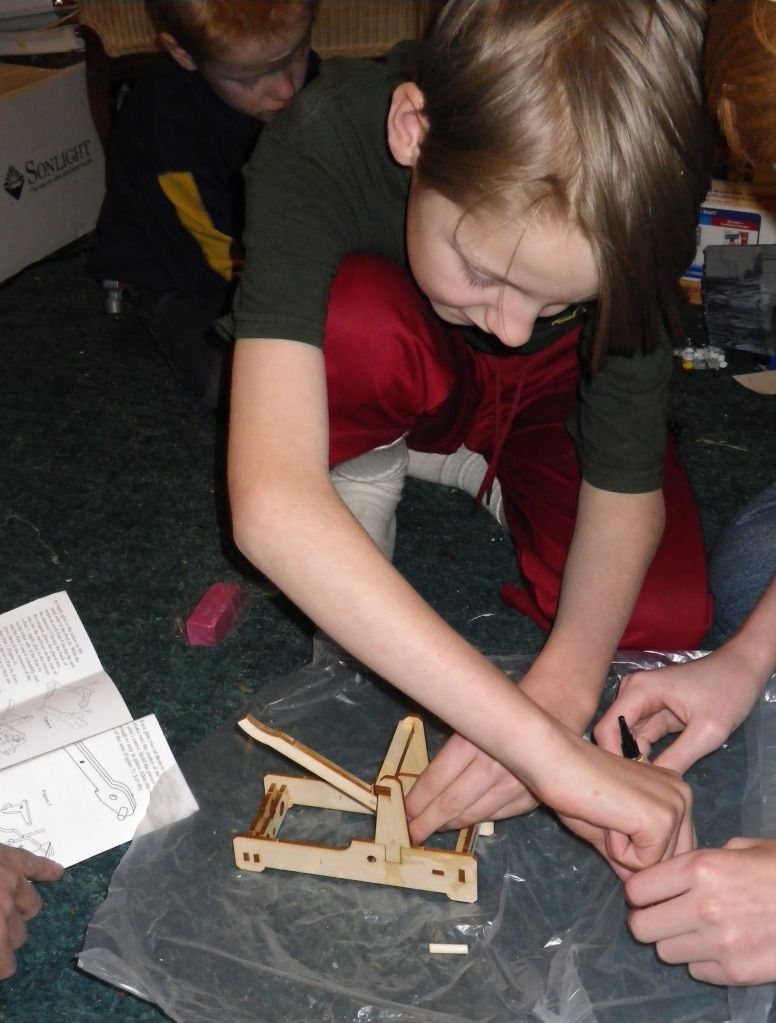
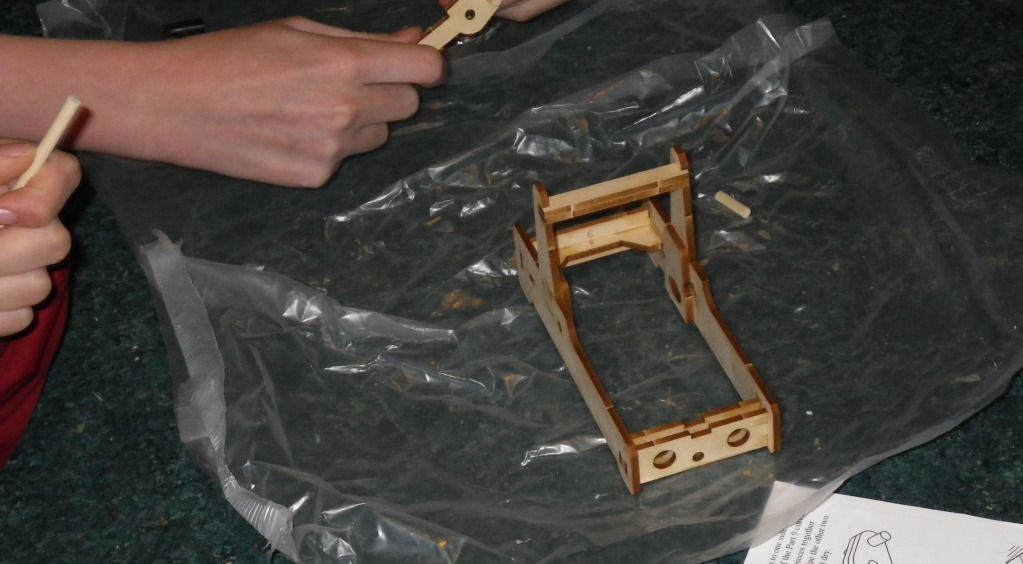
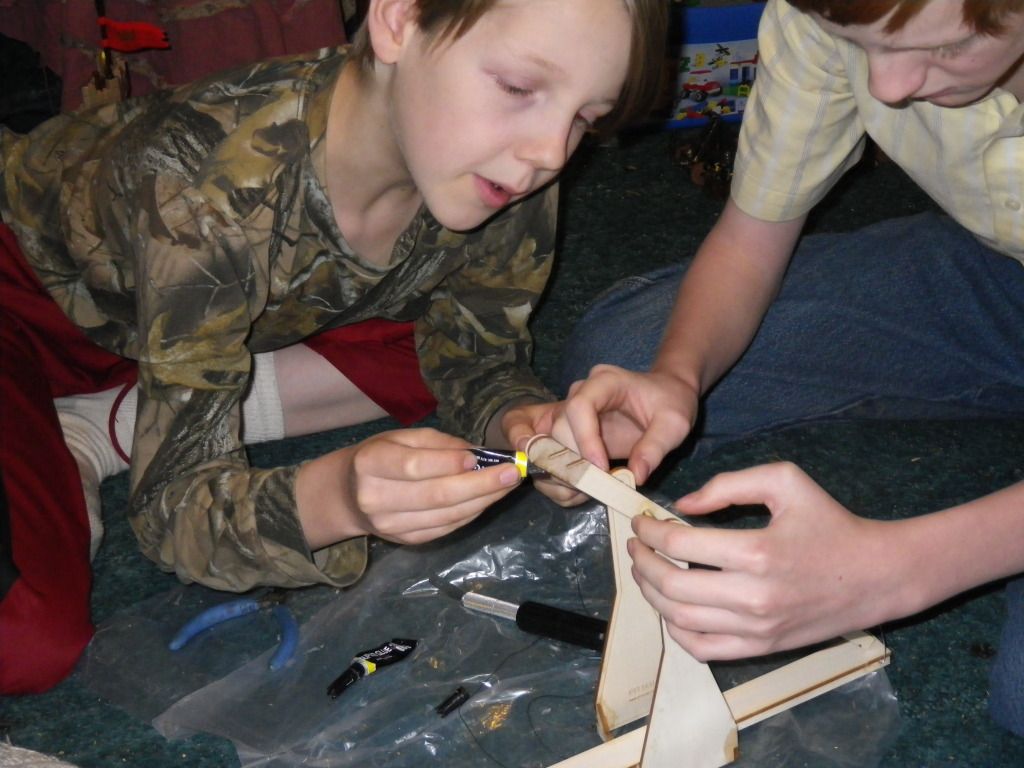
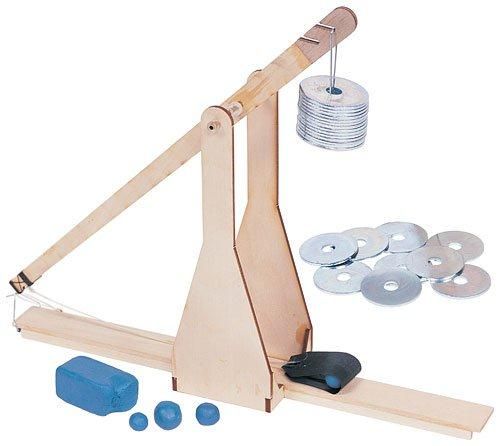
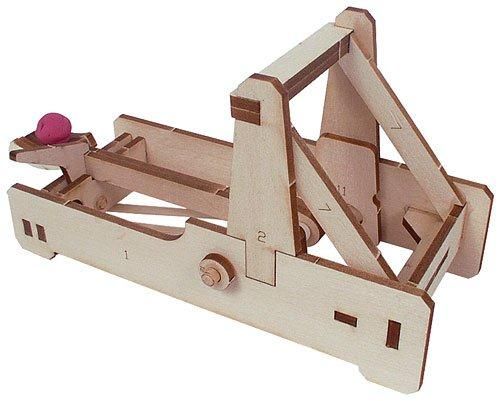
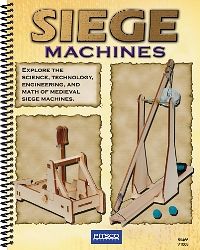

1 comment:
Wow, this really does sound like a great set! Thanks for reviewing it. I'm tempted to get it for my kids. :)
Post a Comment